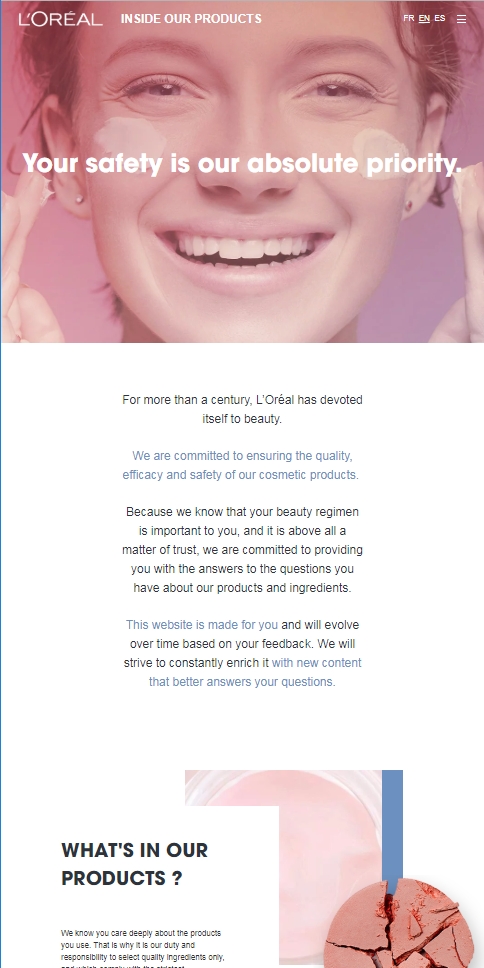Building Your SEO Toolbox
If Google is the gate to the web, then search engine optimization, or SEO, is its key. Following guidelines for SEO can help boost a website’s standing in Google’s algorithm. Thankfully, SEO consulting agency Alphametic’s founder and managing director Matthew Capala presented some of the best practices at the Digital Summit in Phoenix.
In his 14 years working with SEO, Capala found that “intensity will always beat extensity.” To put it simply, 20 percent of keywords drives 80 percent of activity, so the quality and frequency of keywords you use will always be more valuable than variety of them.
Prominently feature relevant keywords
The most effective way to get people to visit your site is to include pages that prominently feature the key words you’re trying to target. Adding category pages relevant to your company will help drive up traffic to your website. When Capala’s company worked with the cosmetics company L’Oreal, he told them to update their website with categories and subcategories packed full of content. This content isn’t just a few key words either — it’s chock-full of content like photo sliders, videos and featured products. He recommends that small businesses have a minimum of 20 pages and around 50 blog posts to start getting any value from SEO. You want the search engines to pick up on what your website is serving, and thorough categories and pages will help you do that.

Deploy long-form content and descriptive page titles
After setting up the website’s framework to be more SEO-friendly, it’s time to take a look at producing content. When you’re planning out the pages for your content, Capala said there is only one mindset you should have: making the best page on the web about that keyword topic. To get an idea of the kind of content you should produce, look at the top results on Google and commit yourself to building a slightly better page.
One example of this in action comes from the company Fundera — a website used to find options for small business loans. For years, Fundera was in its startup stages and had 62 points of domain authority. Despite that, it had managed to overtake the federal government’s Small Business Administration, which had 82 points of domain authority, around the time Capala gave his presentation thanks to the quality and extent of its content.

What the Fundera example shows is the extent to which long-form content can help an organization build its SEO. They took advantage of what SEO marketers call “EAT” — expertise, authority and trust. By adding long-form content about small business loans, they built up their expertise, which in turn increases trust thanks to a higher number of conversions. When an organization shows it’s an expert in its field and the public responds with more trust, Google naturally assigns its website more points of authority and it moves up in the search results.
All of this work, however, will only help you get into the top 20-40 search results on Google, which is still only has 2 percent click through rate. So how do you make it to the top one to 10 search results?
Post and page titles containing keywords are the first gateway to the highest SEO. It’s not just about catchiness anymore. Though it may feel tacky to you, Google’s algorithm — and by extension, consumers — beg to differ. You want to make sure that every one of your titles mentions the keyword you’re trying to target with that content.
Host a blog – and enjoy 55 percent more website traffic
Finally, though it may seem very ’90s, it’s absolutely vital for your organization’s website to have a blog. This isn’t just Capala’s opinion either, the data backs it up. Websites that regularly blog get 55 percent more traffic than those that don’t and 80 percent more conversions too, and the blog needs to be a part of the website and not hosted on a website like Medium or Tumblr. Content on the blog can be wide-ranging — from tutorials to industry best practices — and only makes sense on this part of your platform. After all, you wouldn’t go to a landing page for a tutorial.
Bringing your organization’s website to the highest SEO standards is a complicated process that requires a good amount of patience, but with Capala’s advice as a guide, you are well on your way to start building it up.


